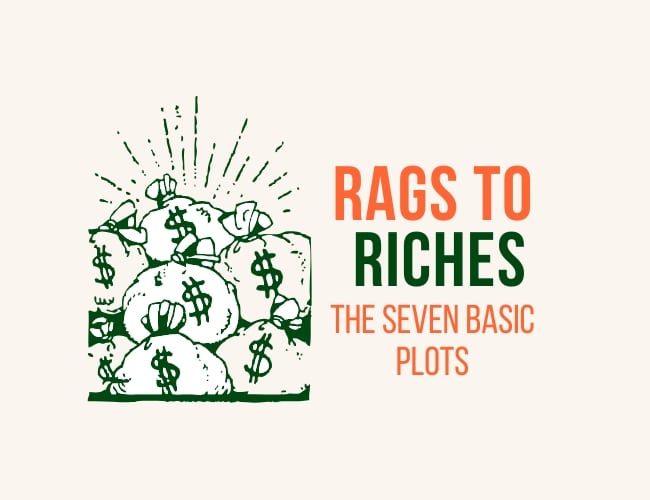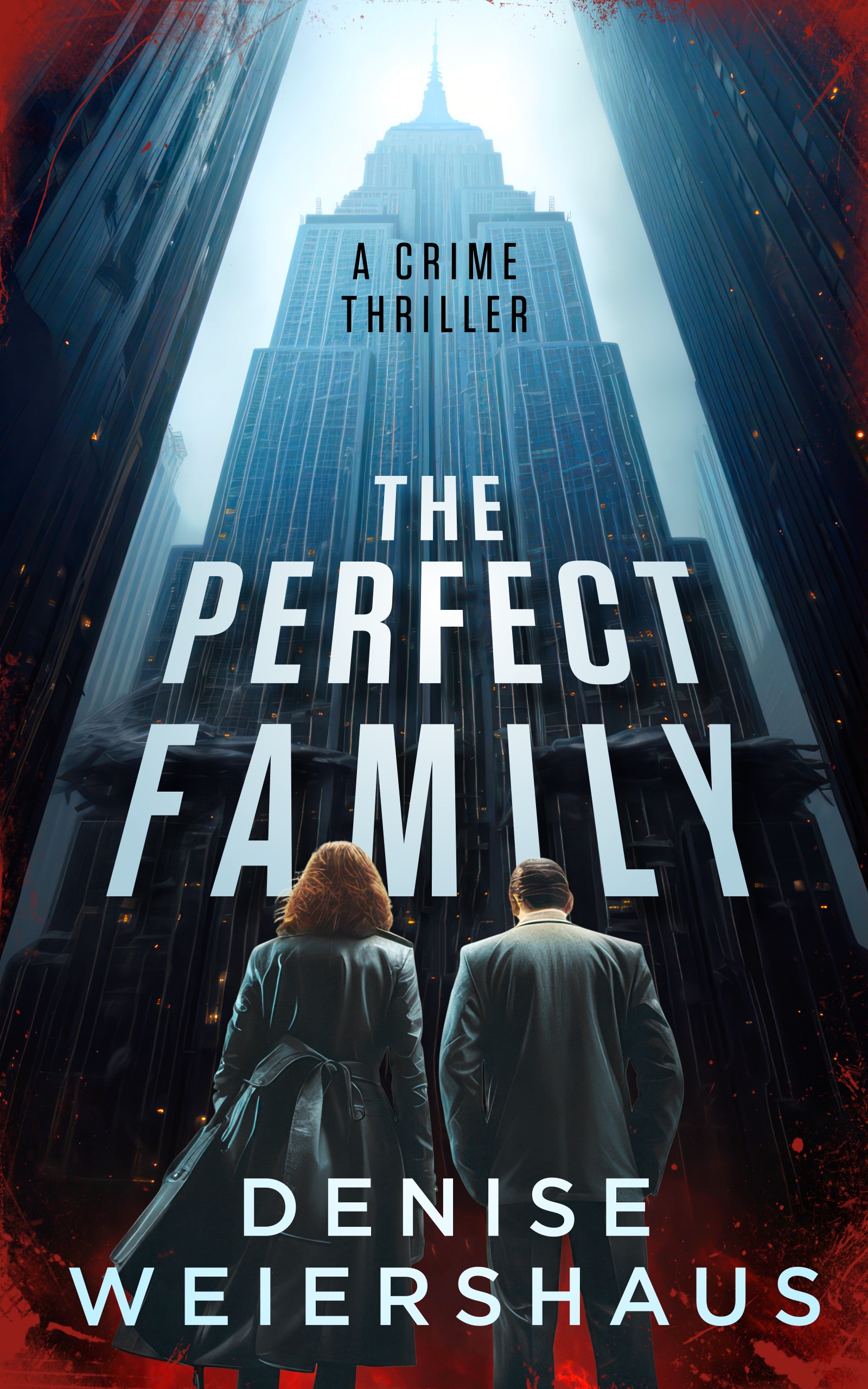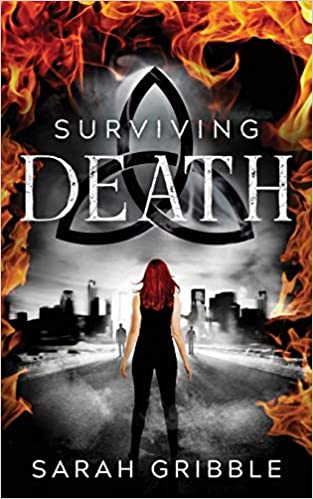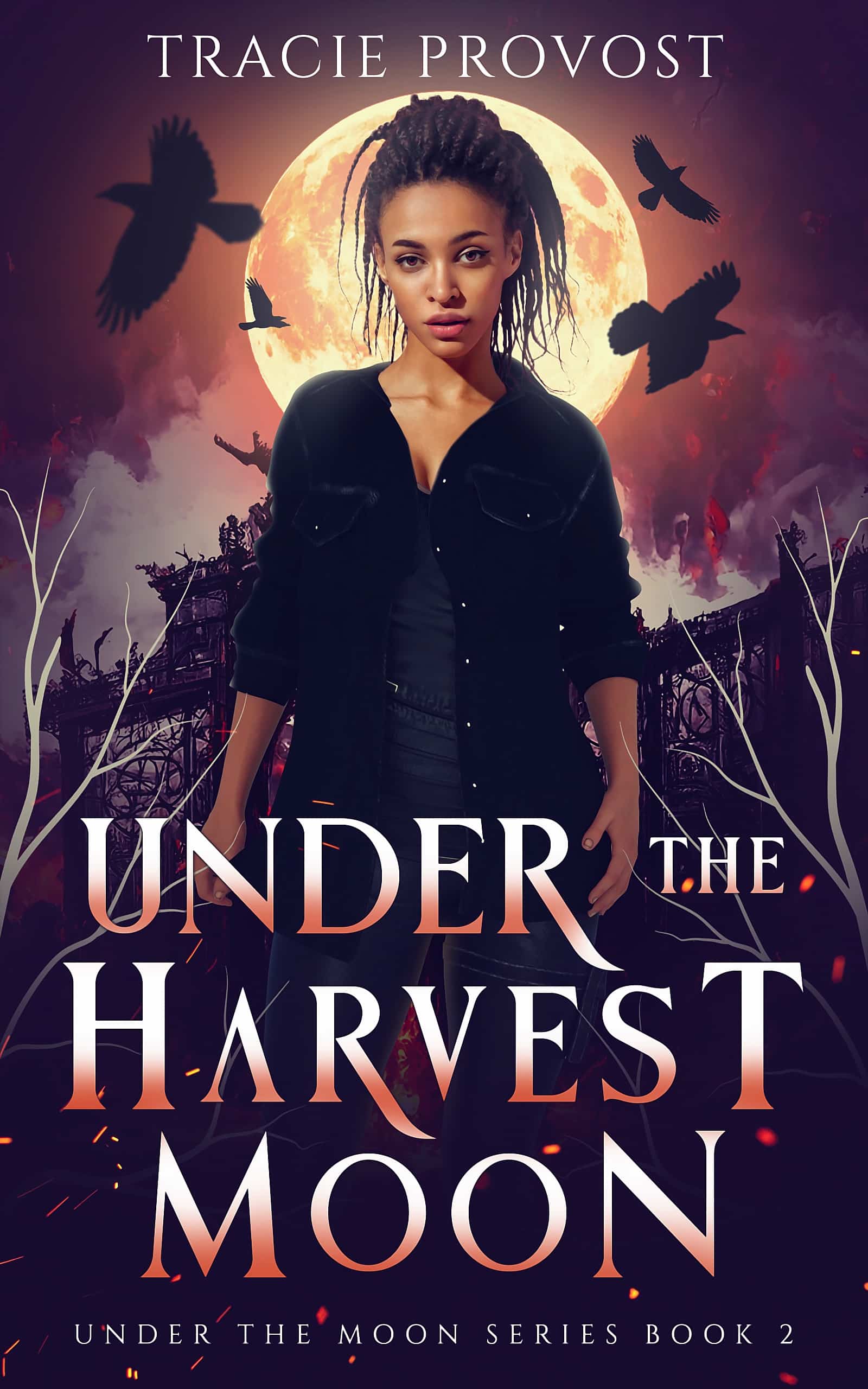Everyone loves a success story, especially when it's a result of years of hard work and the protagonist has struggled from the depths of despair. Let's look at Christopher Booker's specific stages included in a Rags to Riches Plot.

This post is part of our series exploring Christopher Booker’s theory of plot types in The Seven Basic Plots: Why We Write Stories. See our overview, overcoming the monster plot. the rags to riches plot, the quest plot, the voyage and return plot, the rebirth plot, tragedy, and comedy.
Want to learn more about plot types? Check out Joe's new book, The Write Structure, and learn the hidden principles behind bestselling stories. Click to check out the book.
What is a Rags-to-Riches Story?
A “rags-to-riches” story is a narrative archetype where the protagonist begins in a state of poverty, hardship, or low social standing and undergoes significant transformation to achieve wealth, success, or high social status.
In other words, it's a plot structure that moves a character from a low station in life (usually defined by financial or class status) to a higher status.
This transformation typically involves overcoming a series of challenges, adversities, or obstacles that highlight the protagonist's inner strength, determination, and inherent worth.
Key elements of a rags to riches story include:
- Humble Beginnings: The protagonist starts in a difficult or disadvantaged position, often marked by financial struggles, social neglect, or familial challenges.
- Struggles and Obstacles: The journey is full of trials that test the protagonist's resolve, beliefs, and resilience. These challenges often reveal their true character and potential.
- Transformation: Through perseverance and personal growth, the protagonist transcends their initial circumstances. This transformation is often accompanied by a discovery of personal talents or hidden potential.
- Achievement of Wealth or Status: The culmination of the story typically features the protagonist attaining financial success, social recognition, or a significant improvement in their lifestyle.
- Wish Fulfillment: The narrative appeals to the universal desire for upward mobility and recognition, offering a sense of hope and inspiration for those who may relate to the protagonist's struggles.
Examples of this archetype can be found in classic literature, fairy tales, and modern storytelling, illustrating the enduring appeal of the journey from adversity to success.
A child grows up with oppressive living conditions or authority figures, usually in poverty, and overcomes them to end the story with wealth, status, a companion, and usually a kingdom of some kind. Key to the story is a point where the protagonist seems to have achieved success, but it's too early, and he or she isn't ready for it, and everything comes crashing down around them.
According to Booker, a Rags to Riches story, like the Overcoming the Monster story, also has five stages.
The Five Stages of a Rags-to-Riches Plot
Initial Wretchedness at Home and the Call
This state introduces the physical, mental, and/or emotional squalor that is the protagonist's early life. This more than anything else defines our hero from the beginning, since this plot type hinges on the hero's personal growth and maturation.
We see the terrible conditions that the protagonist lives through until he/she receives the call to leave, and sets out (or is forced out) into the world.
Out Into the World and Initial Success
Some minor struggles hit our hero, but it looks like everything is coming up roses. Our hero may have already met their prince/princess or experienced some victories that foreshadow their future success and glory, but overall, the hero hasn't fully matured yet, so these victories will be short-lived.
The Central Crisis
The “oh crap” moment hits. Some dark figure from the hero's past might return, or the hero might lose their prince/princess, either through physical separation, or from a mental or emotional standpoint.
The small victories are stripped away, and the protagonist is at their lowest point in the story.
Independence and the Final Ordeal
No more genies or fairy godmothers; the protagonist has only their wits and strength to pull himself or herself back up. And by golly, it's done with style, with the hero realizing his/her independence and proving to all the haters that he/she is capable and worthy of reaching the final goal.
There's a final confrontation with whatever is standing between the hero and the end goal, but we all know how that ends.
Final Union, Completion, and Fulfillment
The hero wins! For real this time, not like the fake-out in stage two. As a reward, the protagonist claims the treasure, kingdom, and (usually) love interest.
Examples of the Rags-to-Riches Plot
Disney is especially fond of this plot type, bringing Cinderella, Aladdin, and The Princess and the Frog to life on the big screen. The early books of the Harry Potter series contain elements of this story type as well.
Let's take a look at Disney's The Princess and the Frog following the five stages of Booker's rags-to-riches plot structure:
1. Initial Wretchedness
Tiana is introduced as a hardworking young woman with dreams of opening her own restaurant, a legacy of her late father. However, she is faced with the harsh realities of her life as a waitress, struggling to save money in a racially segregated New Orleans.
Her ambition is often overshadowed by the obstacles posed by her financial struggles and the societal expectations placed on her, particularly regarding her aspirations in a world that seems to favor the wealthy.
2. The Call to Adventure
Tiana's call to adventure comes when she attends a ball hosted by Prince Naveen's parents, who are looking for a wealthy bride for their son. Tiana hopes to bridge the gap between her dreams and the reality of her finances by securing an investment for her restaurant.
However, during the ball, she encounters the magical world of voodoo when the villainous Dr. Facilier, a shadow man, casts a spell that transforms Prince Naveen into a frog and, mistakenly, Tiana into a frog as well when she kisses him, believing it would turn him back.
3. Trials and Challenges
As Tiana and Naveen navigate their new existence as frogs, they embark on a journey through the bayou where they encounter various challenges, including evading hunters and confronting Dr. Facilier's minions.
Throughout their adventures, Tiana learns about love, friendship, and the importance of dreaming beyond her practical aspirations. They also meet various colorful characters, including the firefly Ray and the alligator Louis, who help them on their journey.
4. The Final Confrontation
The climax of the story occurs when Tiana and Naveen confront Dr. Facilier in an attempt to reclaim Naveen's human form and save themselves. With the help of their friends, they face the witch doctor in a battle of wits and courage.
Tiana's determination to achieve her dreams and her bond with Naveen ultimately triumph over the darkness of Facilier's magic, and they manage to break the spell.
5. Fulfillment and Happily Ever After
In the end, Tiana and Naveen not only regain their human forms but also realize their true love for one another. Tiana achieves her dream of opening her restaurant, which she names “Tiana’s Place,” symbolizing her journey from rags to riches. She marries Naveen, who brings not only love but also support for her ambitions.
The story concludes with a celebration of their love and new beginnings, showcasing Tiana’s transformation into a successful entrepreneur and a queen, all while embracing her heritage and values.
Overall, “The Princess and the Frog” encapsulates the rags-to-riches archetype, highlighting themes of hard work, perseverance, and the importance of authentic love, while also offering a fresh perspective with its strong, independent protagonist.
Are Rags-to-Riches Stories Cliché?
Anything done to death in the same way can become cliché, but the pattern is still very much ripe for innovation. In fact, it's even more fun for readers when you innovate in a surprising way, because readers know what this type of story has been, so your surprising take will both surprise and delight them.
Just because a plot type is pervasive does not mean it is bad. We all love fairy tales, and they've been around for ages, and they are clearly not going away anytime soon as long as the Magic Kingdom is still in Orlando.
Tweak character goals, or play with different definitions of initial wretchedness; there's room for experimentation in these types.
What are your favorite rags to riches stories? Share in the comments.
Need more plot help? After you practice this plot type in the exercise below, check out my new book The Write Structure which helps writers make their plot better and write books readers love. Low price for a limited time!
PRACTICE
Just like we did with Overcoming the Monster, pick one of the five stages of the Rags to Riches plot type and write a scene from that stage for fifteen minutes. Post your practice in the Pro Practice Workshop and don't forget to comment on the work of your fellow writers.
Liz Bureman has a more-than-healthy interest in proper grammatical structure, accurate spelling, and the underappreciated semicolon. When she's not diagramming sentences and reading blogs about how terribly written the Twilight series is, she edits for the Write Practice, causes trouble in Denver, and plays guitar very slowly and poorly. You can follow her on Twitter (@epbure), where she tweets more about music of the mid-90s than writing.



For me, “The Count of Monte Cristo” is the ultimate rags to riches story.
I LOVE The Count of Monte Cristo. It’s one of my top five books of all time, and a great rags to riches story with a good redemption character arc too.
I will say that Pinocchio is my favorite. I grew up reading the original, and I never liked the syrupy Disney version. I liked him because it was about becoming a flesh and blood person, not about getting wealthy, or even popular. The real story was written by Carlo Collodi. The final union when Pinocchio finally realized he was a real boy, he asked, “Where’s my father?” After being reunited with his father, who had created him out of wood, he asked his father to satisfy his curiosity, by asking, “…what’s the cause of all this change? That’s when Pinocchio realized the change came from within himself.
Can’t go wrong with Rags to Riches! Well, maybe I could, but I enjoyed the practice anyway:
I woke up mid-morning, pulled on jeans and a T-shirt, and stepped over debris to my bedroom door. Unlocking it, I stepped out and pulled the door shut. I could hear noises from my mother’s bedroom. Didn’t want to think about that, so I took the stairs down two at a time. The living room was a wreck, again. Beer cans tossed wherever, cigarette butts that almost made it to the ashtray, and were those remnants of a joint or two? What were they doing down here last night? I didn’t want to think about that, either.
I shut off the blaring TV and tripped over shoes into the kitchen. The sink was full of dishes, smelling ripe by now. I’d deal with those later, maybe. The pantry door was swung open, showing its lack of wares. A partial jar of peanut butter was the only thing worth considering in there. I checked the fridge, and saw about two fingers worth of orange juice in a jug. Wasn’t trusting my stomach with anything in those storage containers.
Grabbing the jug, the peanut butter, and a spoon, I took the stairs by twos back up to my room. Couldn’t shut the door fast enough to avoid hearing more gleeful noises from down the hall. Sheesh. I locked the deadbolt, which was coming in handy these days considering Mom’s latest boyfriend, Pete, thought anything of value in the house should go straight to the pawn shop or his favorite fence. With a spoonful of peanut butter in my mouth, I reached under the bed for the case. I’d managed to hang onto this guitar for a few months, thanks mainly to the deadbolt.
I had just finished warming up with some scales and chords, when my cell phone started ringing. I fished it out of my pocket. The screen was cracked, but the part of the number I could read didn’t look familiar anyway. I flipped it open. “Hello?”
“Is this James?”
“Yup.”
“Hey, James, this is Carl Stegler, from last night. Got a minute to talk?”
No way! Carl was the manager of a band I’d auditioned for. They were gearing up for a tour, and needed a guitarist quick. Bad timing for the other guy to start rehab.
“Sure. What’s up?”
“Gotta talk to you ASAP, man. The other guys liked you and your playing. We want to talk details about hitting the road in a couple of weeks. Are you up for that?”
“Hell, yeah! When can we get together?”
And that’s how it started. My chance to get out of this hole and show some people what I could do.
Your character certainly is in rags at this point! For the other guitarist, let’s hope it wasn’t his band mates that drove him to the point of needing rehab!
Haha, yup, it’s going to be an interesting tour
By the way, I did like that line about the dishes–“I’d deal with those later, maybe.” I really liked how you added “maybe.” To me that word alone added some depth to his home life.
Thanks, Karl. It’s funny, because I thought the same thing about adding “maybe”. It seemed to capture the “what’s the point” vibe in that house, in a single word.
He put his glass down on the bar and quickly flagged the bartender for another. Who knows how long he had been there? He was almost positive, though, that he saw the same man come through the door twice since he got there. Her voice was ringing, ringing. Murderer. And he was a murderer, indeed, but he did it for love. How could she care so much for someone who cared so little about her? He invested in her. He loved her. She threw him out like it was nothing–like he was nothing.
He stood in our way, Anna. I thought you would understand.
Understand what? You killed the only thing that was left of me.
But what about me?
What about you? I don’t know you! I don’t know this. The John I know is dead. You’re dead to me.
Life is like the perfect blueprint. It won’t succeed without every detail. Every event. Every place and journey. Every person. Anna was his life. She didn’t want him. She didn’t know him. He could sell his soul. He could rip every heart out. Nothing mattered to him because he didn’t matter to her. He was living. He was breathing. He was feeling. He was nothing. He wondered what life is when you’re nothing living. Was is possible to be just… there.
Is the man contemplating murder? That would bring him into the rags phase. I feel a little lost in the last paragraph, maybe I missed something.
Ah, Liz I was having so much fun with this that when my timer went off, I wrote for five more minutes, but I wasn’t done. But I didn’t want to post too much so I’ll just post what I had so far. 🙂
“It was during this unjust imprisonment I befriended the night guard. Impressed with my story he agreed to help me. For ten years I suffered in the most inhumane of conditions—a span which I endured torture and near starvation. When this new guard Victor took the overnight I quickly won him over with the great injustice I had been served.
“I started at the beginning—Chad’s murder of our own father to claim the throne to himself. Fueled by jealousy and the angst of a younger sibling, Chad couldn’t bear to watch me take the throne, nor watch me take ownership of the Palace.
In all his rage upon learning the inevitable future of Grisham Palace, Chad killed our father and placed the blame on me. Ten years this scandalous deed simmered inside me, in juxtaposition with all the rage and hatred one accrues under the circumstances I have described.
“This new guard, Victor vowed to me he would help in any way he could. Seeing my malnutrition via my skeletal appearance, he sneaked to me food from “the outside” as it was known to us prisoners. With this food I gained strength
the likes of which otherwise unattainable through the meager rations a prisoner
was supplied.
“Inevitably I asked of Victor, ‘If you so desire to help me, why not simply unlock my cage?’ His reply was thus, ‘Malkiore, from your stories I can assume you are a man of honor. Thus, you can believe that I am, too, and my duty is to the prison. I cannot see you escape under my watch. However, if I were to accidentally mention to you the guard whom you stand the best chance of escape, would that be enough?’ And it was. This guard he spoke of had little discipline and the attention span of a worm. Stood too close to my cage I put to
use the strength acquired from the “outside” food. I broke his neck, and from his body outside the iron bars I could reach his keys and let myself out. So began my march through the mountainous desert toward the Palace.
“Swollen feet and blistered from the desert tempest, I ascended the Plattan crest which, at its Apex, would overlook Grisham. Even at night, from the top of the crest, the Palace emanated an aura of life among lifelessness, hope among hopelessness in this wasteland. The structure, gargantuan even from the
distance of the crest, filled me with a rejuvenating motivation. All I had to do was sneak inside and claim the life of Chad. In his dying breaths I
would command of him, ‘Sleep now in the bed you have made for yourself.’”
Pretty cool. I wouldn’t mind reading more. Is this the start of a story, or is this only going to be your practice?
I made up the story for the practice. At this point in the story it’s close to the end, I just need to write the central event of Malkiore sneaking into the Palace and killing his brother. It was kind of supposed to be a story within a story where at the end you find out who he was talking to and what might happen next. I’d just have to finish it.
Go for it. You have a least one reader.
Nice work, Karl. My main comment is, more! Want to read more!
I thought it was great. The “throne” in the second paragraph came as a bombshell. Woo, different time frame. Was think a normal modern time frame, not medieval/fantasy.The killing of the guard seems a little random, not enough information for me to feel it was anything but murder.
It kept my attention. Good Job.
The bright screen of the computer was shining in the crowded room, Robert turned to his partner, Joseph, and said “So, are you ready?”
Joseph, with a wink, said “I’m ready when you’re ready!”
Robert was ready, his whole life had been geared towards this moment, just one click and everything would be different. Crowdfunding was a great way to finally get his independence, but what if it failed? Then he would have to go work for that ashole Emmet again.
That. Could. Not. Happen.
So, taking a deep breath, Robert clicked on the link, thus launching his budding company into a whole new world. He turned to the team and said “Get to your posts gang, we are live!”
It had been two hours and there had not been one single pledge. Robert threw a quick glance around the room, hoping that nobody would catch his worried glance. He could see that everybody was hard at work at their posts, working on his brainchild, some of them would wipe beads of sweat of their foreheads from time to time, was it that hot? He could not tell. Nervously, he thought about Emmet and how the deceitful publisher would react if he had to come crawling back.
And then there was a pledge.
Another broken dish, another night full of shouting, she could handle it. He would come around. Sometime. The drinking would stop and he would, again, be the man she had married. The man she loved.
So she told herself as the front door slammed open and her husband entered with a near-empty bottle of whiskey in his hand. A cold breeze blew in, one that chilled her to the bone. It seemed like minutes before the door shut again. He stumbled into the room and gazed at her. Those empty wandering eyes, void of happiness and void of love. He polished off the last of his whiskey before he spoke.
“What’s for dinner?”
“I cooked a couple of steaks and whipped up some taters.”
“Mmmm, sounds good,” he spattered, reeling into the kitchen. First, he went to the cabinets, digging around.
“What are you looking for?”
“Some Bourbon around here somewheres.”
“You drank it last night.”
“Can’t enjoy a steak without a little Bourbon. Run down to the liquor store and pick me up some,” his tone demanding.
“A little? It’s past midnight, I’m not going out for-” She stopped herself.
“If you got something to say why don’t you say it?” He moved towards her, his tone threatening.
She held her chin up. She had to know who would win, the liquor or her. “I think you’ve had enough to drink.”
He slapped her and she fell to the floor. She tried to get away from him, but he had her pinned to the ground before she could move. Hitting her and hitting her.
She lay crying on the floor for an hour after he left. The cuts and bruises on her face painful to the touch. She knew she had reached her limit. She knew he would fall asleep, but this time, she wouldn’t be there when he woke up.
I’ve been surfing online more than 2 hours today, yet I never found any interesting article like yours. It’s pretty worth enough for me. In my view, if all web owners and bloggers made good content as you did, the web will be a lot more useful than ever before.